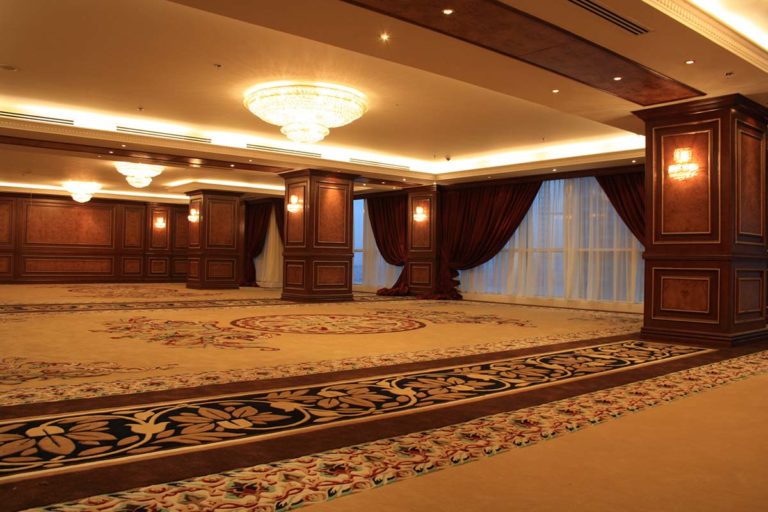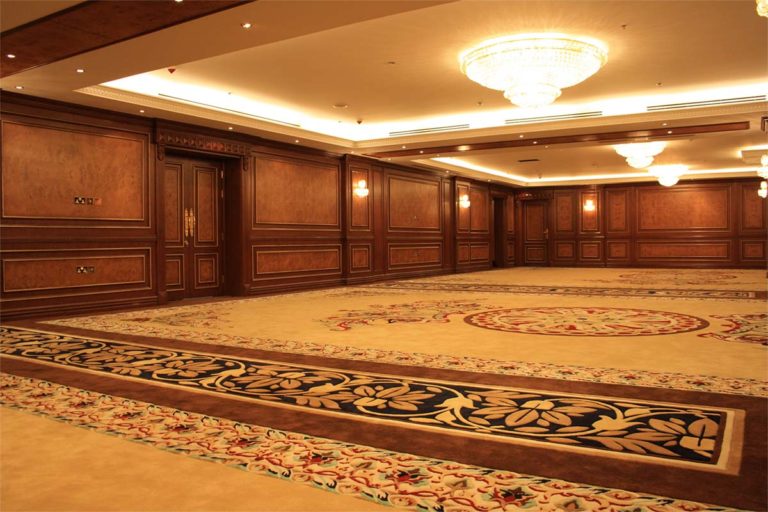Interior Design
What is Interior Design?
Interior design is the art of enhancing the interior space of a building to achieve a more aesthetically pleasing and functional environment. It involves a blend of creativity, technical knowledge, and problem-solving skills to create spaces that meet the needs and preferences of individuals or businesses. Interior designers consider various elements such as color, lighting, texture, and furniture arrangement to transform an ordinary space into one that reflects the personality and style of its occupants.
More than just making a room look pretty, interior design also focuses on maximizing the functionality and usability of a space. By carefully planning layouts and considering traffic flow, interior designers can optimize spaces for comfort and efficiency. Furthermore, interior design is not confined to residential spaces; it also extends to commercial settings such as offices, hotels, restaurants, and retail stores where creating an inviting atmosphere can significantly impact business success.
Overall, interior design plays a vital role in shaping our daily experiences within built environments by harmonizing aesthetics with functionality to create meaningful and inspiring spaces. Whether it’s adding warmth to a living room or creating an efficient workspace for employees, interior design has the power to enhance our quality of life through thoughtful design solutions.
Definition and Purpose of Interior Design
At its core, interior design can be defined as the art and science of enhancing the interiors of a space to create a more aesthetically pleasing and functional environment. However, it goes beyond just aesthetics; the purpose of interior design is to improve the quality of life within a space by optimizing its functionality, efficiency, and overall atmosphere. Through careful consideration of layout, color schemes, furniture selection, and lighting, interior designers strive to create spaces that not only look beautiful but also facilitate well-being and productivity.
Interior design serves a crucial role in our daily lives by influencing how we interact with our surroundings. It aims to evoke emotions and enhance experiences within a space while also addressing practical needs such as maximizing space utilization or improving circulation flow. Furthermore, it fosters self-expression by allowing individuals to tailor their environments to reflect their personalities and lifestyles. Ultimately, interior design contributes significantly to shaping our internal experiences within the external world.
Role of an Interior Designer
Interior designers play a vital role in creating functional and aesthetically pleasing spaces that enhance the quality of life for individuals. Their expertise goes beyond making a room look nice; they are responsible for considering factors such as safety, accessibility, and sustainability. By utilizing their knowledge of color theory, spatial arrangements, and materials, interior designers can transform any space into a harmonious environment that meets the needs and desires of their clients.
One unique aspect of an interior designer’s role is their ability to balance creativity with practicality. They must not only conceptualize innovative designs but also ensure that these designs are feasible within the given budget and timeframe. Additionally, interior designers act as problem solvers by finding creative solutions to spatial constraints or architectural challenges. Ultimately, they serve as collaborators who bring together various elements to achieve a cohesive and personalized design that reflects the client’s personality and lifestyle.
Elements of Interior Design
Interior design is a multifaceted discipline that relies on the expert application of various elements to create harmonious and functional spaces. One key element is color, which has the power to evoke emotions, set moods, and define the overall ambiance of a room. Texture also plays a crucial role in adding depth and visual interest to interior spaces, whether it’s through soft fabrics, rough wood surfaces, or sleek metallic finishes.
Another essential element is light, which can dramatically transform the perception of a space and highlight its design features. In addition, form and shape are fundamental considerations that guide the layout and arrangement of furniture and decor within a room. These elements collectively contribute to the artistic composition of interior design, offering endless opportunities for creativity and expression in crafting personalized living environments.
Different Styles and Trends
Interior design is a dynamic field that encompasses an array of styles and trends, each with its own distinct characteristics. From the timeless elegance of traditional design to the sleek lines and minimalist approach of modern design, there is something for every taste and preference. Scandinavian design, with its focus on functionality and simplicity, has gained popularity in recent years for its clean aesthetic and cozy charm.
Emerging trends such as biophilic design, which integrates elements of nature into interior spaces, are gaining traction as people seek to create connections with the outdoors within their homes. Additionally, the rise of sustainable design reflects a growing awareness of environmental responsibility in interior decorating. These evolving styles and trends offer exciting opportunities for individuals to express their creativity while creating comfortable and visually appealing living spaces.
Impact and Future of Interior Design
The impact of interior design on our daily lives cannot be overstated. From influencing our mood and productivity to creating a sense of comfort and well-being, interior design plays a crucial role in shaping the spaces we inhabit. As technology advances and societal needs evolve, the future of interior design holds exciting opportunities for innovation and sustainability. With a growing emphasis on eco-friendly materials, smart home integration, and multi-functional spaces, the field of interior design is set to become even more influential in shaping the way we live.
With an increasing focus on wellness and mental health, interior designers have the opportunity to create environments that promote mindfulness and tranquility. Incorporating biophilic elements, such as natural light, indoor plants, and organic textures, can enhance our connection to nature within indoor spaces. Additionally, with the rise of remote work and flexible lifestyles, interior design will need to adapt to accommodate changing needs for both residential and commercial spaces. Ultimately, as technology continues to transform how we interact with our surroundings, interior design will play a pivotal role in creating environments that are not only aesthetically pleasing but also functional and sustainable for generations to come.


